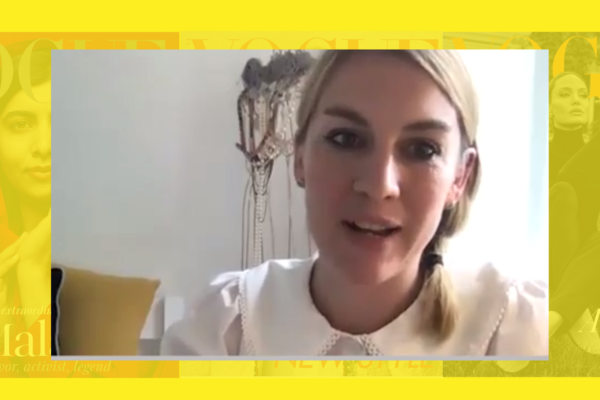D2C Summit: How Vogue is developing memberships to serve business and consumer audiences
Vogue is one of the most iconic, authoritative magazine brands in the world, with a global collective reach of 270 million people. Historically mainly funded by advertising, it is now in the midst of a global transformation, propelled by its parent company Condé Nast, that includes membership tiers and a range of highly successful e-commerce










